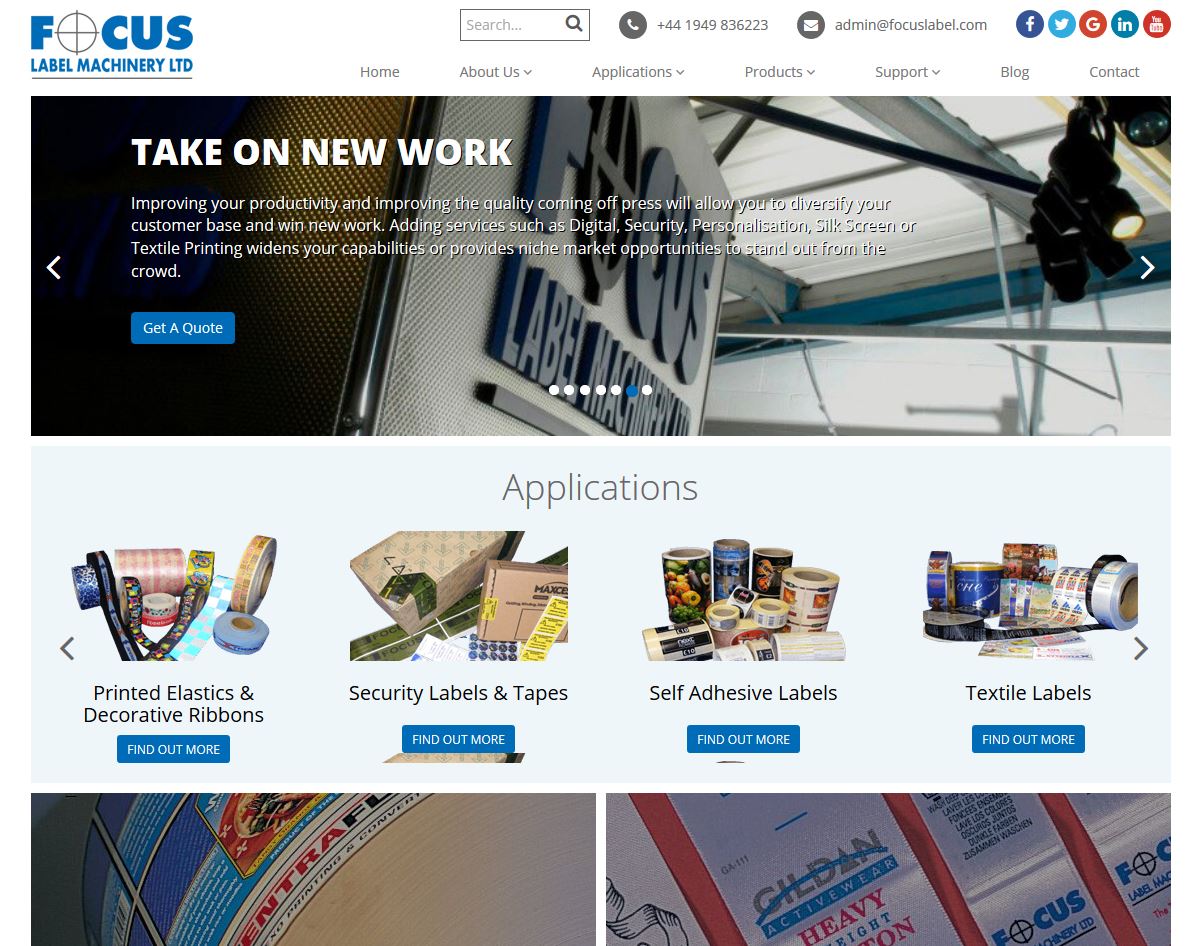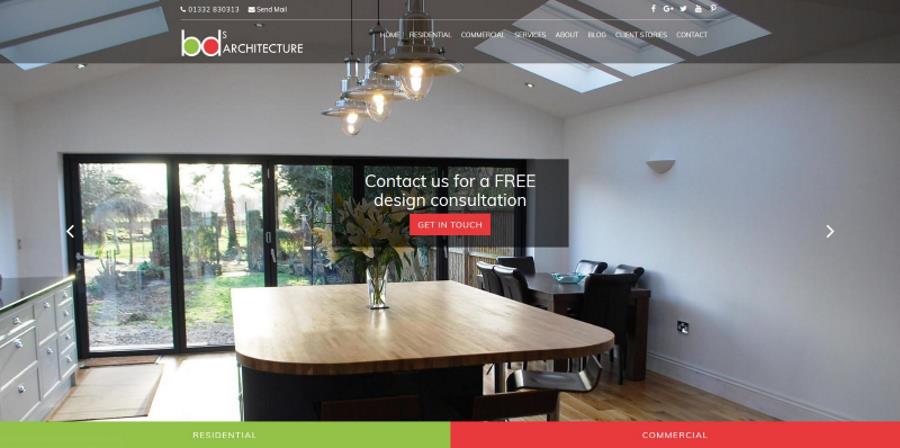How Web Design Has Changed

The digital world has come a long way since its creation in 1990. The World Wide Web is much more than just a bunch of pages with some text and a few links on it. The modern day internet is a place to research, make purchases, store data, share memories and also a place to advertise your business.
The way you market your business on the internet is in the form of a website, and like everything, what worked a few years ago won't work today. Website design has changed in a variety of ways (all for the better) and with these changes come new technologies, trends and content types.
Let's take a look at how website design is different...
Technology Is Always Advancing
More than most industries, technology is constantly being innovated and improved. As soon as a new software or product is released, the companies that produced them start working on new versions and updates, whilst rival companies start developing competing products that improve on weaker aspects of the product. Because of this, as consumers, we are continuously supplied with ways to improve our standard of living and our standard of work. In the field of website design, we are provided new software in which to develop amazing websites, powerful servers that can handle large multi-paged websites and cheaper solutions to previously expensive problems.
Designs Need To Do More
Speaking of advances in technology, mobile phones have advanced almost alongside the internet and we're now approaching a time when soon more than 50% of website visits will be via smartphone. Because of this website designs absolutely have to be mobile optimised. If it isn't you'll be missing out of a lot of traffic as mobile users will very quickly move on to find a mobile-friendly alternative.
Another change in the designs of websites is that while previously websites used to be information databases that require clicking through multiple hyperlinks, in today's fast-paced world all your information needs to be one click away. This has given rise to 'magazine sites' in which your homepage is made up prominently buttons and various blocks that take users from the homepage straight to the information they want.

Designs are also much more personal now. They need to have a clear branding and be subtle in their presentation. Gone are the days when a website would have a bright, textured background and flashy, hard to read the text. You should be able to tell who the website belongs to within seconds of loading it. The logo, colours and font should all be consistent with the banding of the business.
Lastly, Adobe Flash is out. It doesn't have mobile integration and it doesn't lend itself to SEO and therefore it's not going to be seen on any new websites. Some good alternatives are Javascript or PHP.
The Internet Is Faster & Stronger
With the invention of Wi-Fi, the internet has become faster and more reliable. Thanks to this, we can now use content types that were previously impossible. Everyone remembers the days when trying to load an image full screen meant waiting a few minutes as it appeared pixel by pixel. Nowadays (depending on your internet package) you can load 4k videos and stream them instantly. While it was previously impossible, it's completely reasonable to have large galleries of images and a few videos on your website.

Computers, Laptops & Phones Are Much More Powerful
Your average modern-day smartphone is more advanced and more powerful than your best commercial computer from 15 years ago. And your computers and laptops are stronger than we could have imagined when the internet was created. These advancements have allowed websites to contain vast amounts of content and elaborate designs. They also allow website developers to run powerful software that helps design the best possible websites.
If you want to learn modern trends in website design or want a high-quality website designed for your business, contact the JDR Group, today.


